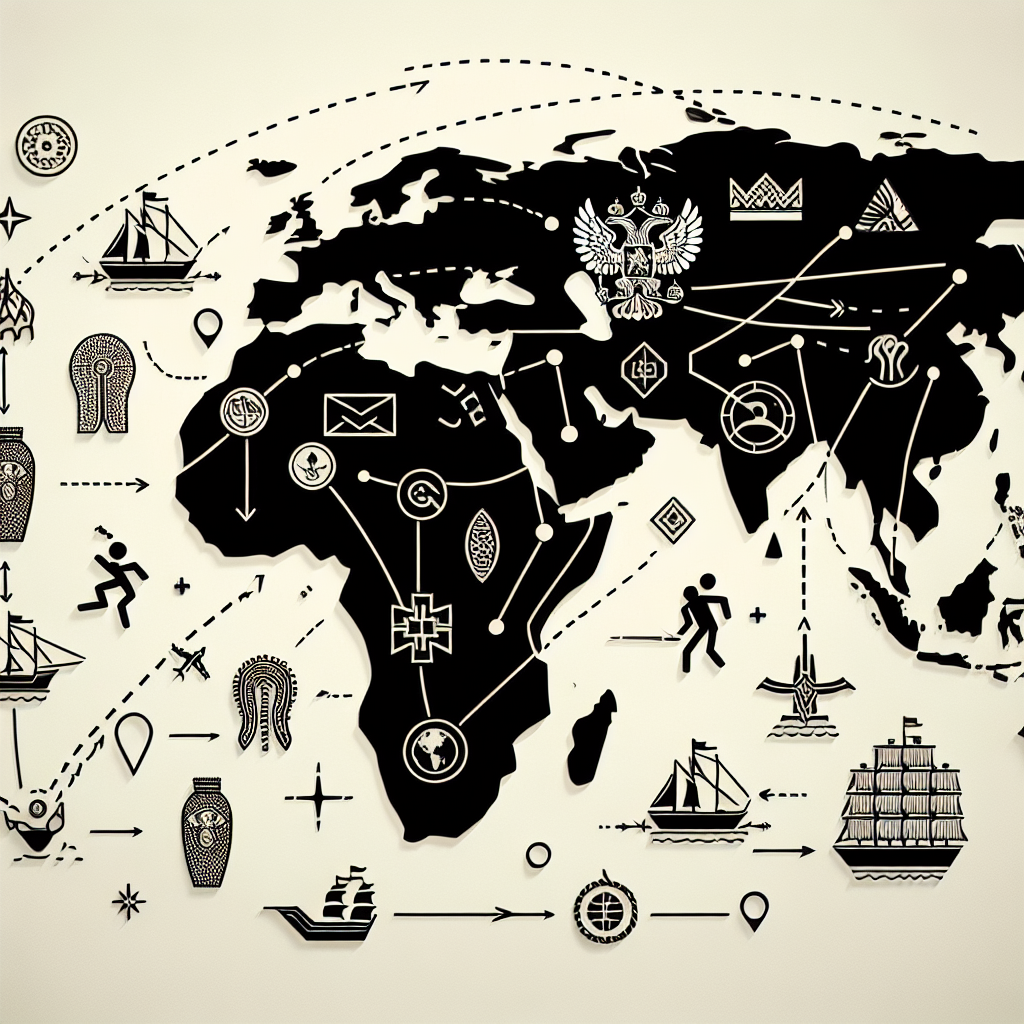
The BRICS Expansion: Redefining the Global Power Structure
Introduction: A New Era in Global Politics
Understanding BRICS: Origins and Objectives
The Significance of Expansion: Why BRICS is Growing
- Economic Opportunities: New members bring additional markets, resources, and growth potential, which can bolster economic resilience and reduce dependence on Western markets.
- Geopolitical Diversification: Countries aim to strengthen their geopolitical standing by joining a multipolar alliance that challenges Western hegemony.
- Shared Development Goals: Many potential members prioritize infrastructure development, economic diversification, and regional stability, aligning with BRICS’ objectives.
Recent BRICS Expansion Developments
Implications for Global Power Balance
1. Challenging Western Dominance
2. Economic Resilience and Alternative Financial Systems
3. Regional and Global Geopolitical Shifts
The Economic Potential of Expanded BRICS
- Enhanced Trade and Investment: With new members, trade routes expand, investment opportunities multiply, and economic ties strengthen, fostering mutual growth.
- Resource Security: Countries like Argentina and Ethiopia offer significant natural resources, vital for global supply chains.
- Technological Collaboration: Sharing innovation and technology development can foster growth in renewable energy, information technology, and infrastructure sectors.
Challenges and Criticisms of BRICS Expansion
- Diverse Interests: The member countries have different political systems, economic priorities, and regional conflicts, which could complicate consensus-building.
- Institutional Coordination: Managing an enlarged alliance requires robust institutions and decision-making processes, which may be strained by differing viewpoints.
- External Pressures: Western countries may attempt to counterbalance BRICS’ growth through diplomatic, economic, or military means, adding geopolitical tension.
- Internal Stability: Political instability or economic crises within member countries can impact the cohesion and effectiveness of BRICS as a whole.
The Future of BRICS: Prospects and Predictions
- Institutional Reforms: BRICS may establish new financial institutions, enhance the functioning of the NDB, and develop multilateral frameworks for cooperation.
- Geopolitical Realignments: New alliances may form based on shared interests with BRICS, leading to a complex web of multilateral partnerships.
- Economic Integration: Increased intra-BRICS trade, joint infrastructure projects, and technological collaborations could propel sustained economic growth.
- Potential Tensions: Divergent national interests and regional conflicts could pose hurdles, requiring sophisticated diplomacy to maintain cohesion.


